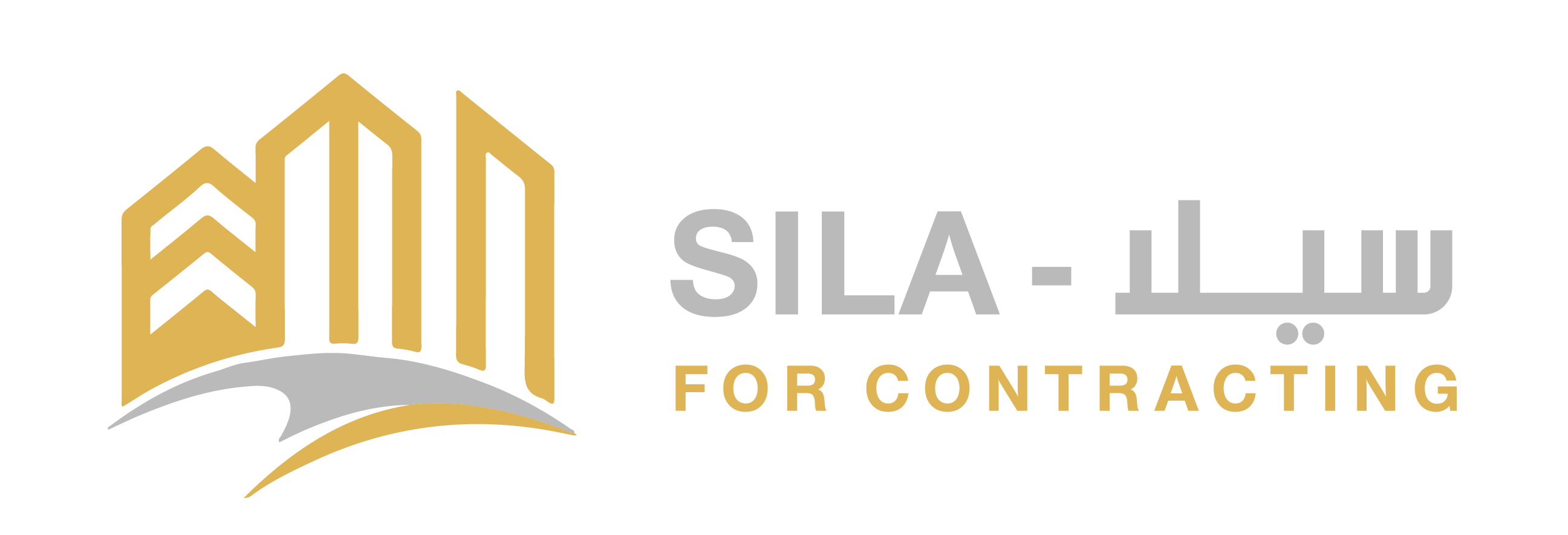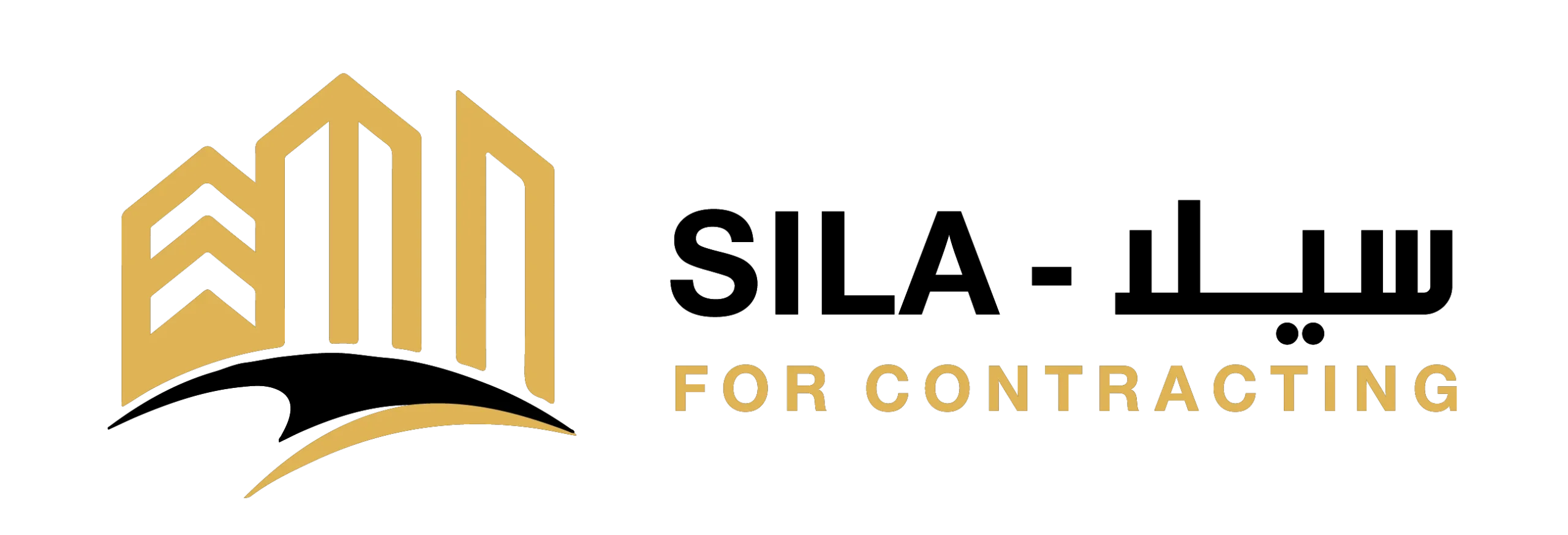When considering ROE as a measurement of financial health, investors should look at how the company is leveraged. When a company takes on more debt, it dilutes shareholders’ equity by increasing liabilities. Here are gearing ratios typically used by SMBs and their advisors to measure their financial leverage and risk. Each looks at different aspects of your business’s performance to help you look at your business’s financial stability and risk exposure from different perspectives. In finance, gearing refers to the balance between debt and equity a company uses to fund its operations. Industries with high D/E ratios typically include capital-intensive sectors like how to create a cash flow projection utilities, real estate, and finance, where substantial debt is common to fund operations and investments.
ROE tells you how effectively a company is using shareholders’ equity to generate profits. Finding the right balance is key to managing financial risk so your business is ready to seize growth opportunities. Registration granted by SEBI, membership of BASL (in case of IAs) and certification from NISM in no way guarantee performance of the intermediary or provide any assurance of returns to investors. The examples and/or scurities quoted (if any) are for illustration only and are not recommendatory. For example, if you invest in a portfolio that has 10 stocks and one of the companies has a high DE ratio.
About Tower Semiconductor
Ratios above 2 could signal that the company is heavily leveraged and might be at risk in economic downturns. As established, a high D/E ratio points to a company that is more dependent on debt than its own capital, while a low D/E ratio indicates greater use of internal resources and minimal borrowing. Assessing whether a D/E ratio is too high or low means viewing it in context, such as comparing to competitors, looking at industry averages, and analyzing cash flow. The D/E ratio indicates how reliant a company is on debt to finance its operations.
Unlike the debt-assets ratio which uses total assets as a denominator, the D/E Ratio uses total equity. This ratio highlights how a company’s capital structure is tilted either toward debt or equity financing. When using a real-world debt to equity ratio formula, you’ll probably be able to find figures for both total liabilities and shareholder equity on a company’s balance sheet. Publicly traded companies will usually share their balance sheet along with their regular filings with the Securities and Exchange Commission (SEC). If, as per the balance sheet, the total debt of a business is worth $50 million and the total equity is worth $120 million, then debt-to-equity is 0.42. This means that for every dollar in equity, the firm has 42 cents in leverage.
Mitigate the Risk with Portfolio Investing
InvestingPro’s advanced stock screener lets you filter companies by Interest Coverage Ratio to identify financially resilient businesses. A high ROE (15-20%) indicates strong profitability and efficient capital use, while a lower ROE (below 10%) may highlight poor profitability, inefficient, or high equity levels. A business might have a high ROE but limited reinvestment opportunities (e.g., it has already saturated its market), in which case future growth would be restricted. Of course, when making investment decisions such as these, wise investors combine ROE alongside other metrics to get a complete picture.
- ROE tells you how effectively a company is using shareholders’ equity to generate profits.
- Since debt to equity ratio expresses the relationship between external equity (liabilities) and internal equity (stockholders’ equity), it is also known as “external-internal equity ratio”.
- Banks often have high D/E ratios because they borrow capital, which they loan to customers.
- These companies frequently borrow extensively, given their stable returns, making high leverage ratios a common and efficient use of capital in this slow-growth sector.
- A consistently high ROE is an indicator of strong management and operational efficiency, something that investors value highly.
Frequently Asked Questions about Return on Equity
The debt-to-equity ratio (D/E) compares the total debt balance on a company’s balance sheet to the value of its total shareholders’ equity. The Debt to Equity Ratio (D/E) measures a company’s financial risk by comparing its total outstanding debt obligations to the value of its shareholders’ equity account. Typical gearing ratios vary significantly by industry, growth stage, and risk tolerance.
Mortgage Calculators
- The CLTV is a comparison between your home’s value against your current loan amount and any loans you’re seeking.
- Below is a short video tutorial that explains how leverage impacts a company and how to calculate the debt/equity ratio with an example.
- This cash-focused approach addresses some limitations of the accrual-based TIE ratio.
- The approach investors choose may depend on their goals and personal preferences.
- • A high D/E ratio may suggest a company is overleveraged, making it riskier for investors, while a low ratio could indicate underutilization of debt for growth opportunities.
- It can signal to investors whether the company leans more heavily on debt or equity financing.
In other words, if an investor were to sell every asset of the company, there wouldn’t be enough money to repay all the company’s debts. The debt-to-equity ratio is get a small business loan online one of the most commonly used leverage ratios. The debt-to-equity ratio is calculated by dividing total liabilities by shareholders’ equity or capital.
Master Financial Modeling for Investment Banking With BIWS Core Financial Modeling
Xero gives you the tools to keep your business financially stable and support its growth. The debt-to-equity ratio is useful for quick financial assessments, while the gearing ratio offers deeper insights for long-term planning. Now that we have understood the basic structure of the DE ratio in simple terms, in this blog, we will discuss certain technical aspects in detail. Thus, let’s look at the debt what is an audit everything about the 3 types of audits to capital, debt to equity ratio formula, what the ideal debt to equity ratio is, and much more.
Debt to equity ratio formula
Petersen Trading Company has total liabilities of $937,500 and a debt to equity ratio of 1.25. It’s important to note that average debt to equity ratios can vary quite a bit by industry. For example, utility companies might have high debt-to-equity ratios as a normal part of their business operations, while software companies might have very low debt-to-equity ratios.
How to calculate the debt-to-equity ratio
The following D/E ratio calculation is for Restoration Hardware (RH) and is based on its 10-K filing for the financial year ending on January 29, 2022. As noted above, the numbers you’ll need are located on a company’s balance sheet. On the other hand, a comparatively low D/E ratio may indicate that the company is not taking full advantage of the growth that can be accessed via debt. Simply put, the higher the D/E ratio, the more a company relies on debt to sustain itself. Liabilities are items or money the company owes, such as mortgages, loans, etc.
For the remainder of the forecast, the short-term debt will grow by $2m each year, while the long-term debt will grow by $5m. Lenders and investors perceive borrowers funded primarily with equity (e.g. owners’ equity, outside equity raised, retained earnings) more favorably. For example, if home values are increasing in your area or you’ve made valuable improvements in your home, then your home value can increase. HELOCs give you the benefit of a flexible schedule, but interest rates vary from month to month and funds can be frozen without warning if your home value drops. This loan is best if you need various loan amounts for multiple projects or you don’t know exactly how much you need to borrow. In this Redfin article, we’ll outline all the calculations you need to know, how you can tap into your home equity, and what to know if you’re selling your home.
How To Calculate
This historical perspective is crucial for identifying companies with consistently strong financial health versus those experiencing temporary improvements. Industry analysts typically examine 3-5 year trends to distinguish between short-term fluctuations and fundamental changes in debt servicing capability. Industry benchmarks should serve as starting points rather than absolute standards when evaluating a specific company’s TIE ratio. BILL’s integrated financial operations platform is packed with features to help you monitor and cut costs, drive revenue, and improve reporting efficiency. High ROE can be a good thing, but if it’s coupled with high debt it can be a sign of risk.
From Year 1 to Year 5, the D/E ratio increases each year until reaching 1.0x in the final projection period. Upon plugging those figures into our formula, the implied D/E ratio is 2.0x.








